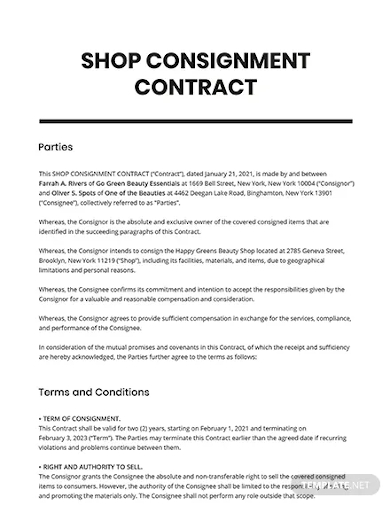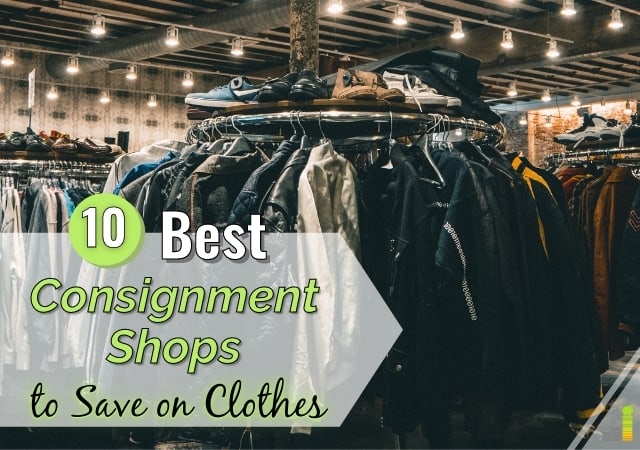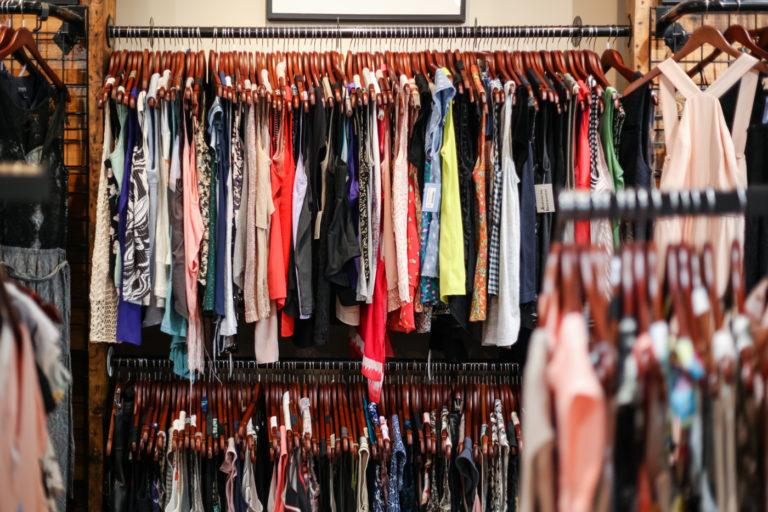How to Turn Your Closet into Cash
Selling gently used clothes to consignment shops is a great way to declutter your closet and earn some extra money. Consignment shopping has become increasingly popular in recent years, as consumers look for sustainable and affordable ways to update their wardrobes. By selling your gently used clothes to consignment shops, you can not only make some extra cash but also help reduce waste and support local businesses.
Consignment shops typically accept high-quality, gently used clothing items that are in good condition. They will then sell these items on your behalf, taking a commission on the sale price. This commission can range from 30% to 50% of the sale price, depending on the shop’s policies. To get started, you’ll need to research consignment shops in your area that accept the types of clothes you want to sell.
Before taking your clothes to a consignment shop, make sure to clean and prepare them for sale. This includes washing, drying, and ironing your clothes, as well as removing any stains or odors. You should also research the shop’s pricing guidelines and ensure that your clothes meet their standards. By taking the time to prepare your clothes, you can increase their chances of selling and earning you a higher profit.
When selecting a consignment shop to work with, consider factors such as their commission rates, pricing guidelines, and customer service. You should also read reviews and ask for referrals from friends or family members who have used the shop before. By doing your research, you can find a reputable consignment shop that will help you sell your clothes quickly and efficiently.
By selling your gently used clothes to consignment shops, you can turn your closet into cash and support sustainable fashion practices. This approach not only helps reduce waste but also provides an opportunity to earn some extra money. With the right preparation and research, you can successfully sell your clothes to consignment shops and achieve your financial goals.
What Consignment Shops Look for in Gently Used Clothes
When it comes to selling clothes to consignment shops, it’s essential to understand what types of items they typically accept. Consignment shops usually look for high-quality, gently used clothing items that are in good condition and have a strong resale value. Designer brands, high-quality fabrics, and current styles are often in high demand.
Designer brands such as Gucci, Louis Vuitton, and Chanel are often sought after by consignment shops, as they tend to hold their value well and are in high demand by consumers. High-quality fabrics like wool, silk, and cotton are also preferred, as they are durable and long-lasting. Current styles and trends are also important, as consignment shops want to sell items that are relevant to today’s fashion market.
To increase the chances of your clothes being accepted by a consignment shop, make sure to prepare them properly. This includes cleaning and pressing your clothes, removing any stains or odors, and ensuring that they are in good condition. You should also research the shop’s pricing guidelines and ensure that your clothes meet their standards.
Some consignment shops may also accept accessories like handbags, shoes, and jewelry, as long as they are in good condition and have a strong resale value. However, it’s essential to check with the shop beforehand to see what types of items they accept.
By understanding what consignment shops look for in gently used clothes, you can increase your chances of selling your items and earning a good profit. Remember to prepare your clothes properly, research the shop’s pricing guidelines, and ensure that your items meet their standards.
Researching Consignment Shops in Your Area
When it comes to selling clothes to consignment shops, it’s essential to research the shops in your area to find the best ones to work with. This involves looking for shops that accept the types of clothes you want to sell, have a good reputation, and offer fair commission rates.
To start your research, you can search online for consignment shops in your area. Look for shops that specialize in the type of clothing you want to sell, such as designer consignment shops or vintage clothing stores. You can also check online review sites such as Yelp or Google Reviews to see what other customers have to say about the shop.
Another way to find consignment shops in your area is to ask for referrals from friends or family members who have used the shop before. They can provide valuable insights into the shop’s reputation, commission rates, and customer service.
When researching consignment shops, it’s also essential to check their policies and procedures. Look for shops that have a clear and transparent pricing policy, and that offer fair commission rates. You should also check if the shop has a good reputation for paying consignors on time and for providing excellent customer service.
Some consignment shops may also have specific requirements for the types of clothes they accept, such as a minimum number of items or a specific price range. Make sure to check these requirements before visiting the shop or submitting your clothes for consignment.
By researching consignment shops in your area, you can find the best shops to work with and increase your chances of selling your clothes quickly and for a good price. Remember to check the shop’s reputation, policies, and procedures, and to ask for referrals from friends or family members who have used the shop before.
Understanding Consignment Shop Contracts and Policies
When selling clothes to consignment shops, it’s essential to understand the contracts and policies that govern the consignment process. Consignment shops typically have a contract or agreement that outlines the terms and conditions of the consignment, including commission rates, pricing, and payment terms.
Commission rates vary among consignment shops, but most shops charge a commission of 30% to 50% of the sale price. This means that if your item sells for $100, the consignment shop will take $30 to $50 as their commission, and you will receive the remaining amount.
Pricing is also an important aspect of the consignment process. Consignment shops typically price items based on their condition, brand, and demand. They may also use pricing guides or research similar items to determine the price of your item.
Payment terms vary among consignment shops, but most shops pay consignors on a monthly or quarterly basis. Some shops may also offer payment options such as direct deposit or check.
It’s essential to read and understand the contract or agreement before signing it. Make sure to ask questions if you’re unsure about any of the terms or conditions. You should also ensure that the contract includes the following information:
- Commission rate and payment terms
- Pricing guidelines and policies
- Duration of the consignment agreement
- Termination clause
- Dispute resolution process
By understanding the contracts and policies of consignment shops, you can ensure a smooth and successful consignment experience. Remember to read and understand the contract before signing it, and don’t hesitate to ask questions if you’re unsure about any of the terms or conditions.
Preparing Your Clothes for Consignment Shop Drop-Off
Before dropping off your clothes at a consignment shop, it’s essential to prepare them properly to increase their chances of selling. Here are some tips to help you prepare your clothes for consignment:
Cleaning and steaming your clothes is crucial to make them look their best. Make sure to wash and dry your clothes before taking them to the consignment shop. Steaming your clothes can also help remove wrinkles and creases, making them look more presentable.
Pricing your clothes correctly is also important. Research the prices of similar items at the consignment shop or online to determine a fair price for your clothes. Keep in mind that the consignment shop will take a commission on the sale price, so you’ll want to price your clothes accordingly.
Creating a list of items and their prices is also helpful. This will make it easier for the consignment shop to process your clothes and ensure that you receive the correct payment. Make sure to include the following information on your list:
- Item description
- Price
- Brand
- Size
- Condition
By preparing your clothes properly and creating a list of items and their prices, you can increase the chances of selling your clothes quickly and for a good price. Remember to also research the consignment shop’s policies and procedures before dropping off your clothes.
Some consignment shops may also have specific requirements for preparing clothes, such as using a specific type of hanger or bag. Make sure to check with the shop beforehand to ensure that you’re preparing your clothes correctly.
What to Expect During the Consignment Process
Once you’ve dropped off your clothes at a consignment shop, the shop will begin the process of pricing and displaying your items. The shop will typically research the market value of your items and price them competitively to ensure they sell quickly.
The shop will also display your items in a way that showcases their best features. This may include steaming or ironing your clothes to remove wrinkles, and arranging them in an attractive display.
When a customer purchases one of your items, the shop will handle the sale and provide customer service. The shop will also handle any returns or exchanges, and will ensure that the customer is satisfied with their purchase.
As the consignor, you can expect to receive regular updates on the status of your items. The shop may provide you with a report on which items have sold, and how much you’ve earned. You can also expect to receive payment for your sold items on a regular basis, usually monthly or quarterly.
Some consignment shops may also offer additional services, such as online listings or social media promotion. These services can help increase the visibility of your items and attract more customers.
It’s also important to note that consignment shops may have different policies and procedures for handling sales and customer inquiries. Be sure to ask about these policies when you drop off your items, so you know what to expect.
By understanding what to expect during the consignment process, you can ensure a smooth and successful experience. Remember to ask questions and communicate with the shop regularly to ensure that your items are being handled and sold in a way that meets your expectations.
Tips for Maximizing Your Earnings from Consignment Shops
To get the most out of selling clothes to consignment shops, it’s essential to understand the process and how to work with the shops to maximize your earnings. Here are some valuable tips to help you increase your profits:
1. Negotiate prices: Before consigning your items, research the market value of your clothes to determine fair prices. If you feel the shop’s prices are too low, negotiate with the owner to reach a mutually agreeable price. Keep in mind that consignment shops typically take a commission of 30-50% of the sale price.
2. Promote your items: Encourage the consignment shop to display your items prominently and promote them on social media. You can also share photos of your items on your own social media accounts to drive traffic to the shop.
3. Track your sales: Keep a record of the items you’ve consigned and their prices. This will help you track your sales and ensure you receive accurate payments from the shop.
4. Choose the right shop: Research local consignment shops to find the ones that best fit your needs. Look for shops that specialize in the type of clothing you’re selling and have a good reputation in the community.
5. Prepare your items: Make sure your clothes are clean, pressed, and in excellent condition. This will increase their chances of selling quickly and for a higher price.
6. Be patient: Selling clothes to consignment shops can take time. Be patient and don’t expect to receive payment immediately. Most shops pay consignors on a monthly or quarterly basis.
7. Consider seasonal sales: Consignment shops often have seasonal sales or promotions. Consider consigning items during these times to increase their chances of selling.
8. Build a relationship with the shop owner: Building a relationship with the shop owner can help you get more favorable terms and increase your earnings. Be friendly, professional, and responsive to their needs.
By following these tips, you can maximize your earnings from selling clothes to consignment shops and make the most of this convenient and profitable way to declutter your closet.
Alternatives to Consignment Shops: Online Marketplaces and More
While consignment shops can be a great way to sell gently used clothes, they may not be the best option for everyone. Fortunately, there are many alternative ways to sell your used clothes, both online and offline. Here are some popular alternatives to consider:
Online Marketplaces
Online marketplaces like eBay, Poshmark, and ThredUp have made it easy to sell used clothes from the comfort of your own home. These platforms allow you to create a listing for your item, set a price, and wait for buyers to make an offer. You can also use social media platforms like Instagram and Facebook to sell your used clothes.
Poshmark
Poshmark is a popular online marketplace for gently used clothing and accessories. The platform allows you to create a virtual closet and list your items for sale. Poshmark takes a flat fee of $2.95 for items under $15 and 20% commission on items over $15.
ThredUp
ThredUp is another online marketplace that specializes in gently used women’s and children’s clothing. The platform sends you a “clean out kit” that you fill with your used clothes and send back to them. ThredUp then lists your items for sale and sends you a payout when they sell.
eBay
eBay is a popular online auction site that allows you to sell a wide range of items, including used clothes. You can create a listing for your item and set a starting price, and buyers can bid on your item until the auction ends.
Garage Sales and Swap Meets
Garage sales and swap meets are great ways to sell your used clothes in person. You can set up a table or booth and display your items for sale. This option is best for people who want to get rid of a large quantity of items quickly.
Facebook Marketplace and Local Online Selling Groups
Facebook Marketplace and local online selling groups are great ways to sell your used clothes to people in your area. You can create a listing for your item and connect with potential buyers in your area.
Host a Clothing Swap
Hosting a clothing swap is a fun and creative way to get rid of your used clothes and acquire new items. You can invite friends and family over and have everyone bring clothes they no longer want. Then, you can swap items and go home with some new clothes.
These are just a few alternatives to consignment shops. Remember to research each option thoroughly and understand the fees and terms before getting started.






